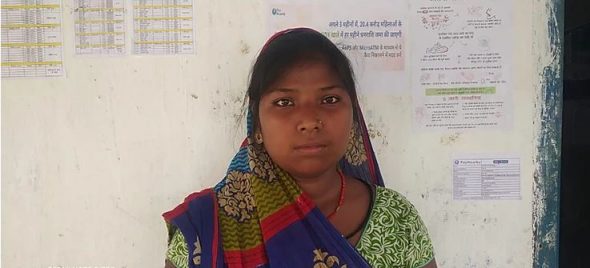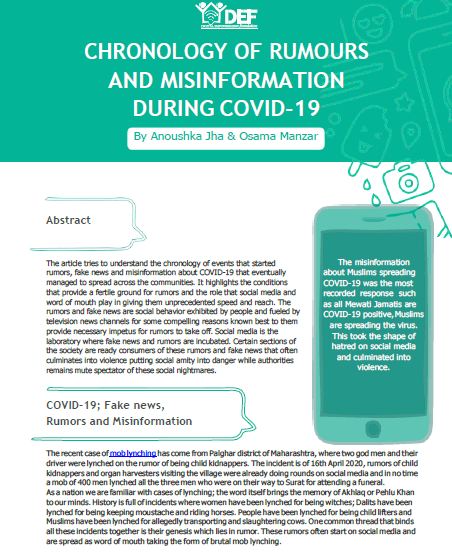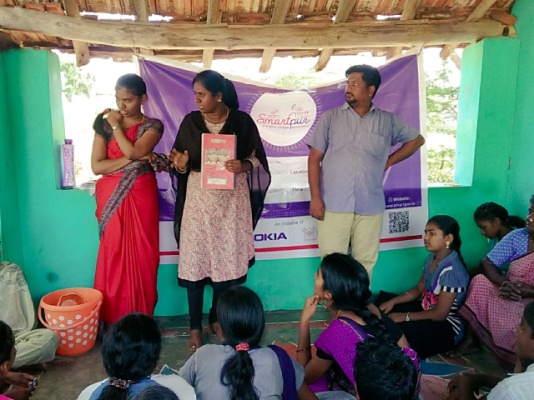लिंचिंग, सोशल मीडिया, फेक न्यूज़: कानूनी प्रतिक्रिया (पहला भाग)
इंटरनेट ने समाज को अलग-अलग ढंग से बदला है. इंटरनेट ने नए-नए सोशल मीडिया प्लेटफॉर्म को जन्म दिया. सोशल मीडिया प्लेटफॉर्म ने समाज के सबसे निचले तबके तक को एक आवाज़ दी, एक पहचान दी. सामाजिक परिवर्तन में यह एक अहम भूमिका निभा रहा है. सोशल मीडिया से शुरू हुए मीटू आंदोलन ने पूरी दुनिया को झकझोर दिया. अलग क्षेत्रों की महिलाओं ने अपने साथ होने वाली घटनाओं के खिलाफ सोशल मीडिया पर अपनी आवाज़ बुलंद की. लेकिन इस माध्यम का दुरुपयोग भी किया जा रहा है. दुष्प्रचार से लेकर तमाम तरह की अफ़वाहों को इन प्लैफॉर्म्स पर फैलाया जा रहा है. कई दफा ऐसी अफ़वाहों के कारण हिंसा भी हुई.













